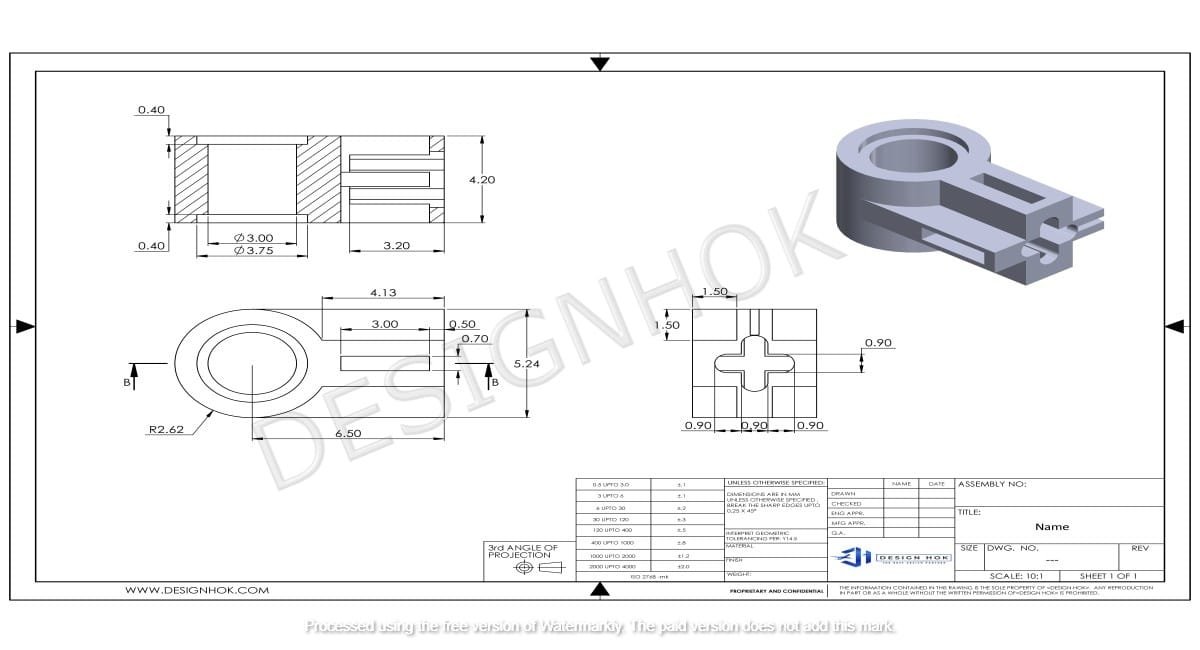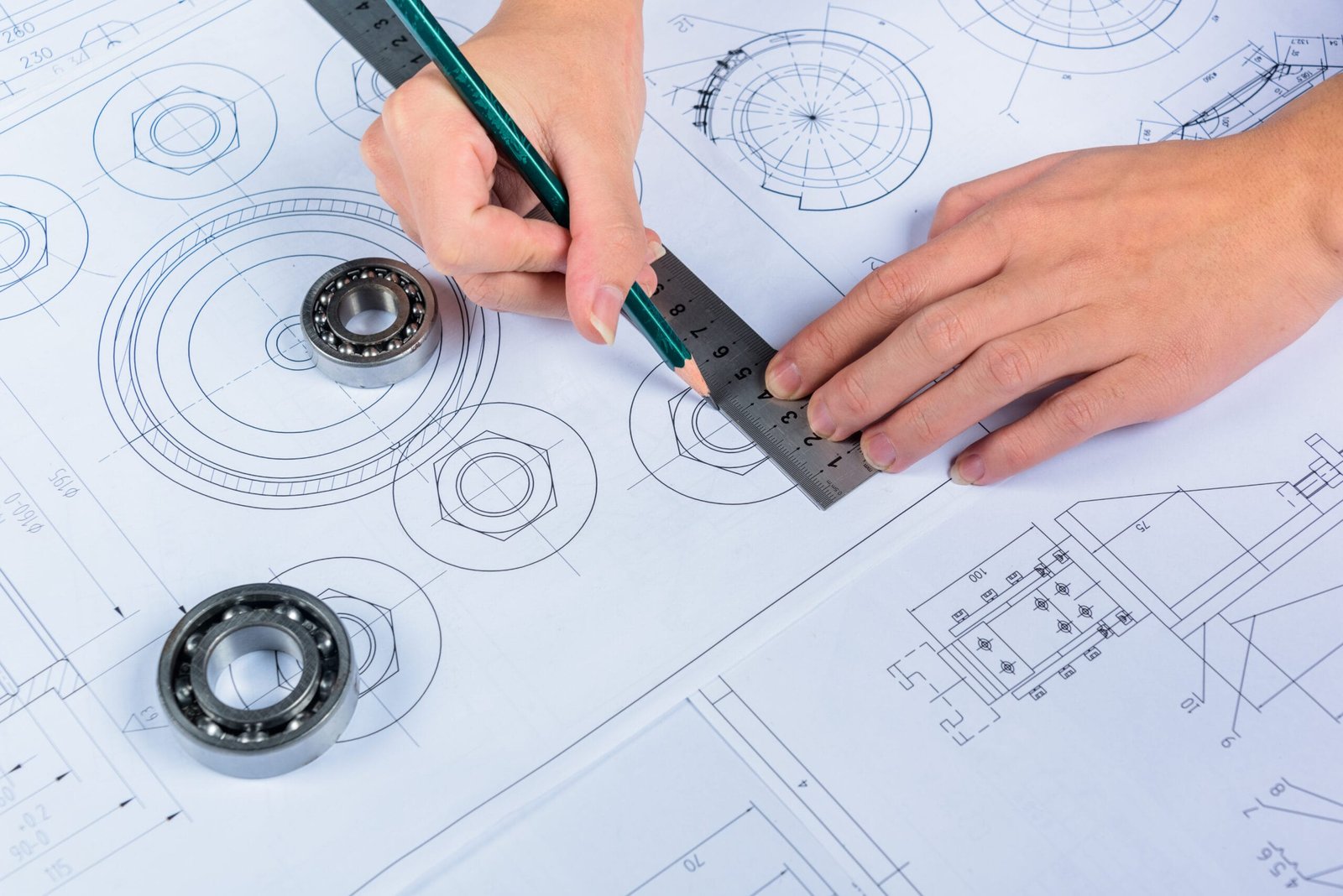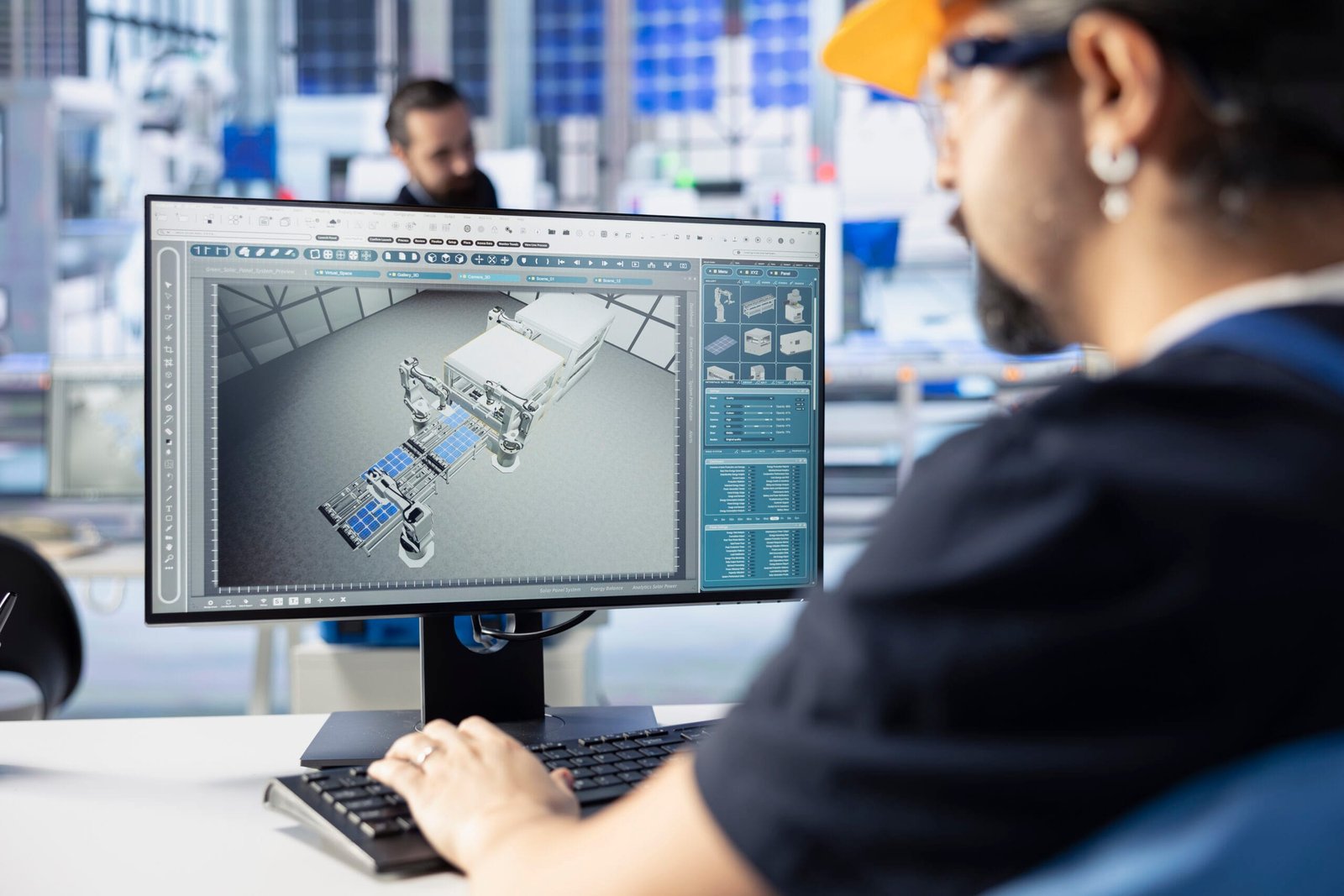The first mechanical machine with memory revolutionized the world of computing. It opened the path to modern technology. We will look at the inventor behind this idea. The story of how memory was added to machines and how it led to modern-day computers.
Introduction
Modern technology must be able to store and use information. It includes personal computers and smartphones. Memory is the core of the working of machines. Do you know how it started? He was Charles Babbage, who designed the mechanical machine with memory. He was a British mathematician, philosopher, inventor, and mechanical engineer. He is considered the father of the computer. He created the Analytical Engine in the 1830s. It was the first machine to use the idea of memory. So, it was a major step in the history of technology.
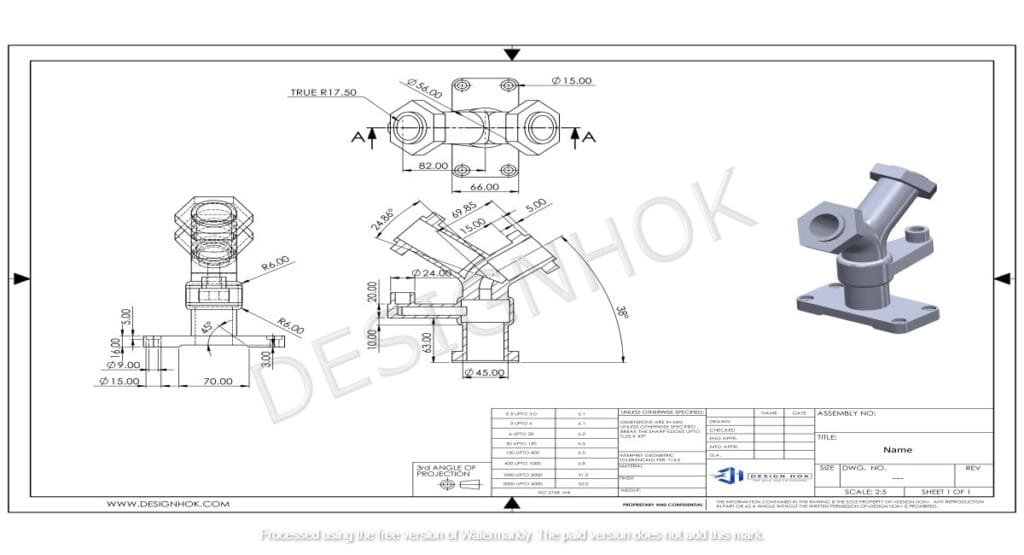
Vision of Charles Babbage
Charles Babbage was born in 1971. He imagined machines that could do fast calculations quickly. He thought of making machines that could do complicated calculations quickly and accurately. In the early 19th century, Babbage understood the need for a machine that could solve mathematical problems. He started a project called the Difference Engine. The device was a mechanical one, but could calculate and print mathematical tables. This resulted in an advancement from manual to computerized computation. Babbage was not satisfied with just a simple calculator. He wanted to move beyond that. He thought of a machine that could do more complicated tasks. A machine that could do various tasks. This resulted in the formation of the Analytical Engine. This was a machine that used the idea of memory for the first time.
The Analytical Engine
One of the greatest works of Babbage was the analytical engine. The thing that made it special was that it had parts that are in present-day computers. The memory in the analytical engine was made of storage places or registers that could hold numbers.
The memory units let the machine save the results of calculations. The Babbage machine could perform calculations and also kept the results in memory to be used later. This brought the idea of programmable memory into the computing world.
Joseph Jacquard’s loom gave the idea of the analytical engine by introducing punch cards. Babbage found that punch cards could also be used to give instructions. So, this helped the machine to do numerous tasks with stored instructions. It became the first machine with both programmability and memory.
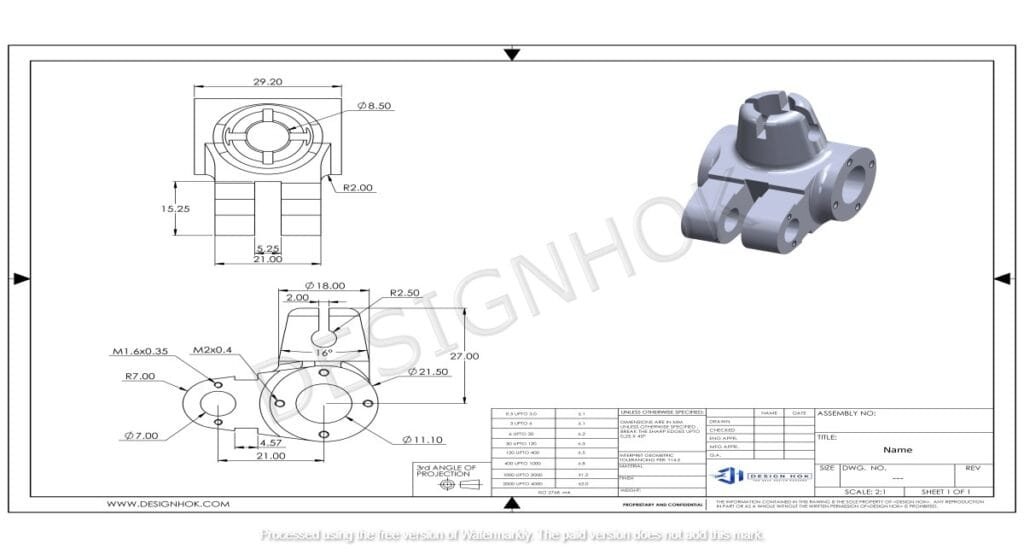
Hurdles and Legacy
Babbage’s design for the mechanical machine with memory was made for the future. The technology at that time was not evolved enough to make a complicated machine.
It was costly, and there were fewer precision tools. Moreover, he could not find steady funding. This is the reason that the machine could not be completed during his lifetime.
Although there were obstacles, Babbage’s ideas left a lasting impact. In 20th century his design for analytical engine was reused in the 20th century. It was the first step toward present-day computers. The use of memory in his design is the foundation of modern-day memory systems in computers. Moreover, people like Alan Turing used their ideas to further advance computing machines.
Summary
Charles Babbage’s analytical engine was the first mechanical machine with memory. This was a revolutionary step in the history of computing. It was never completely made during his lifetime. The main ideas include memory, programmability, and control. We still use them in modern-day computers. Future inventors took Babbage’s ideas and made them the basis of the digital world. The analytical engine shows its brilliance. This was a major step towards technology.
FAQs
- Name the person who designed the first mechanical machine with memory?
Charles Babbage designed the first mechanical machine with memory. He invented the Analytical Engine. This revolutionized the history of computing. - Describe the machine that Charles Babbage designed?
He designed a machine called the Analytical Engine. It was the first mechanical machine with memory and programmable functions. It was never completely made during Babbage’s life. - How did the Analytical Engine function?
The Analytical Engine used mechanical storage units, or registers, to hold numbers. You could save results using these registers and use them later. This introduced the concept of memory in mechanical computation. - What was the reason the Analytical Engine was not completed?
The Analytical Engine faced a number of hurdles. These include the lack of accurate engineering tools and funding. Babbage could not secure financial support. This is why the machine was never fully made. - What did Charles Babbage leave behind?
Charles Babbage made the analytical engine. This was the foundation of modern computing. His ideas about memory, programmability, and control had an impact on modern computers. So computers could still shape the technology that we use today.

